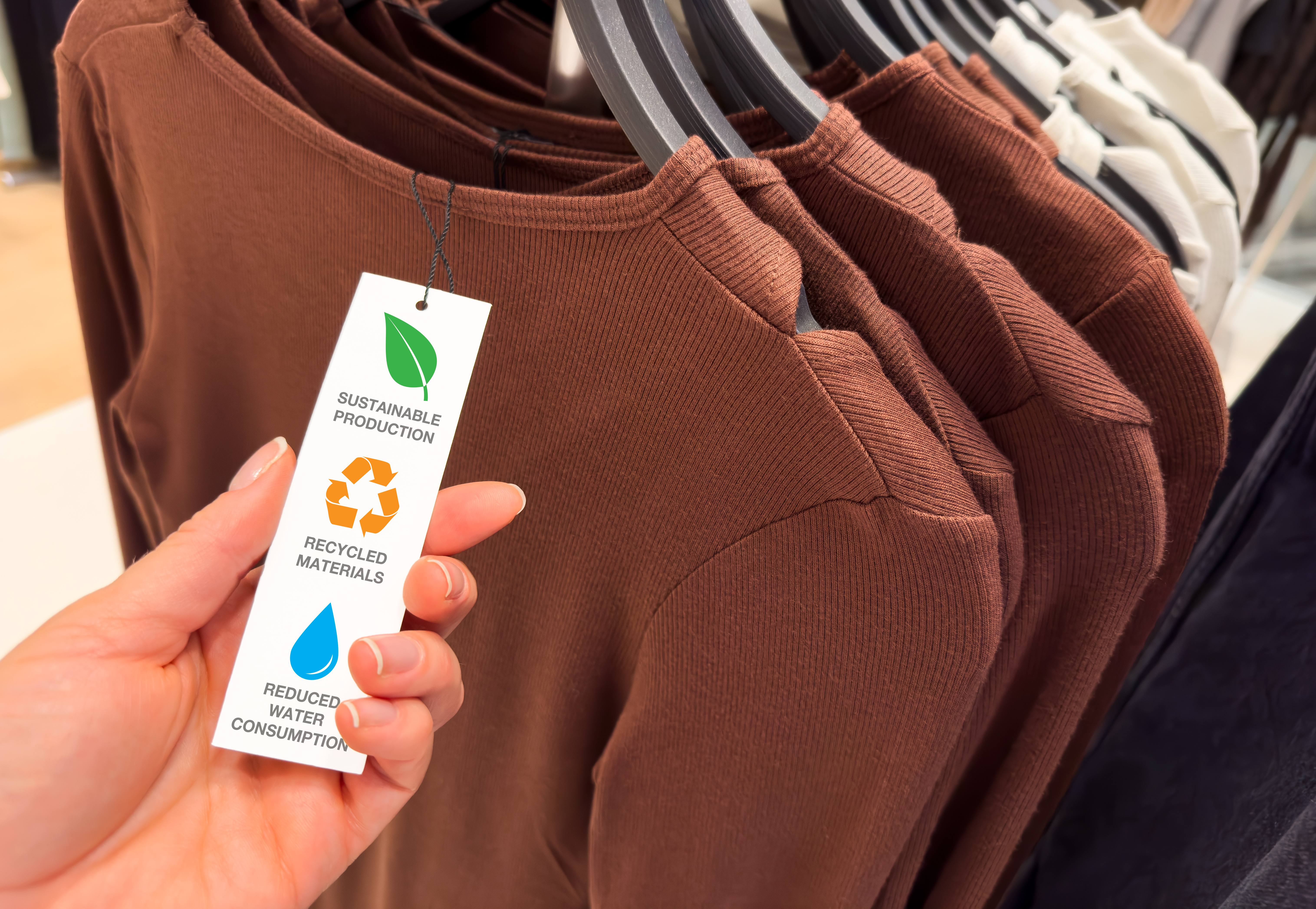Media release
From:
57 per cent of Australians are willing to pay more for clothing made from natural fibres, new Swinburne research reveals
Global fibre production is expected to grow to 127 million tonnes annually by the end of 2025, yet only 27 per cent will come from natural fibres.
Many consumers are ready to switch from plastic-based to natural fibre clothing, explains lead author, Swinburne’s Dr Sorada Tapsuwan.
“As environmental and ethical concerns gain prominence, consumers are increasingly seeking sustainable alternatives in clothing.
“We found that moral obligation, perceived social expectations, and self-identification as fashion-conscious was a high driver compared to demographics. On the other hand, willingness to pay for recycled fibres and enhanced fabric properties like wrinkle-free and moisture-wicking is low in comparison.”
The Swinburne research highlights promising marketing strategies that target sustainability focused labelling and marketing strategies.
But while the study reflects people’s preferences and intentions, Dr Tapsuwan notes this doesn’t always translate into actual purchasing behaviour.
“For many, shopping sustainability is desirable but out of reach due to the hefty price. We need policies that back natural-fibre industries—and the clothes made from them—to shift consumers away from cheap, plastic-based fast fashion.”
Dr Tapsuwan hopes to investigate how behavioural drivers such as social norms, moral obligations and fashion identity can be harnessed to encourage circular behaviours beyond the point of purchase.
“Understanding how people buy, maintain, repair, and dispose of clothing, we can target interventions, like incentives and education, that can genuinely drive more sustainable choices.
“Integrating these dimensions into the future will be essential for bridging the gap between sustainable consumption intentions and long-term outcomes.”
ENDS
Dr Sorada Tapsuwan is available for interview.



 Australia; VIC
Australia; VIC


